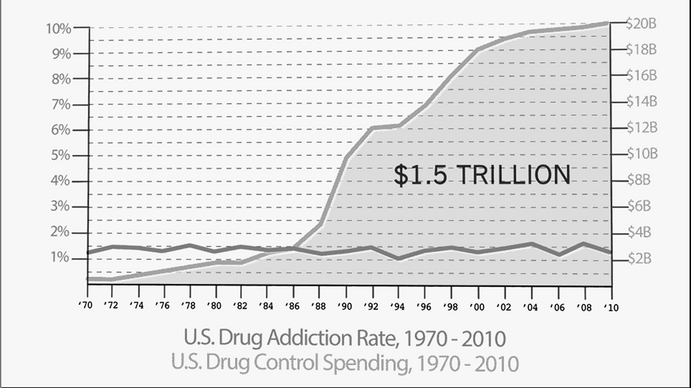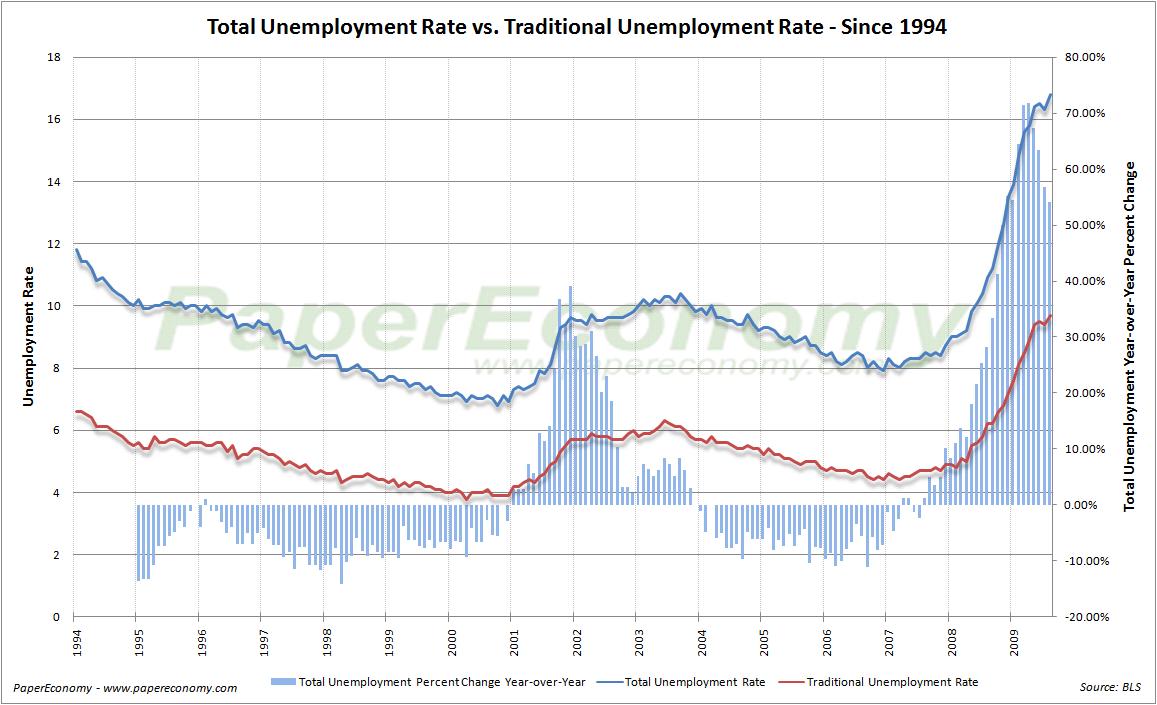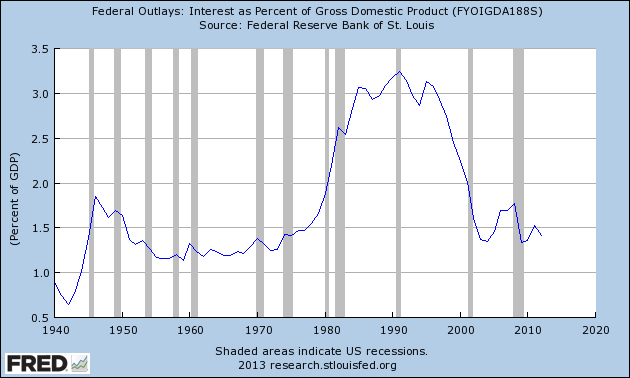A recent episode of Backstory reviews a history of political gridlock in the US and offers some fascinating insights. Here's a brief summary.
My favorite part was Backstory's "game theory" analysis of filibusters. They point out that until about 40 years ago, filibusters were actually quite rare and were mostly used by the South to block desegregation. In the 1960s, the Senators introduced an arcane rule on cloture. Under this rule, any Senator could hold up proceedings by merely threatening to filibuster and the Senate needed 60 votes to break the lock and proceed. Now, when introduced, they expected this to reduce filibusters and speed up things as actual filibusters were taking up a lot of time. However, while the actual time spent filibustering dropped as predicted, the cost of a filibuster suddenly dropped for Senators and suddenly there was no downside to threatening filibusters, and each time you did, 60 votes were needed to proceed. The result has been a creeping increase in the number of threats of filibusters until today, when really you need 60 votes to pass anything. In a thought experiment, they explain lowering the votes required to break cloture is unlikely to help as the opposition (Dems and GOP as the case may be) can just invoke cloture more often, causing the system to grind to a halt.
Another aspect that Backstory touches on is the role of media. They point out that with the advent of broadcast media, politicians are less able to change positions, which has actually decreased their ability to compromise. Also, they point out, that when there were only 3 national networks, the networks needed massive economies of scale to be profitable, so they tended to naturally gravitate to the center. However, as costs have reduced and with the advent of internet and the cable networks, there is much more incentive now for very successful and profitable networks that cater to niches, and so the media thrives on partisanship.
Finally, Backstory reviews the history of compromise during Madison and the Missouri compromise and the fascinating history of the nexus between economics and slavery. The machinations are probably less relevant today, but still are extremely engaging and well worth the time.
My favorite part was Backstory's "game theory" analysis of filibusters. They point out that until about 40 years ago, filibusters were actually quite rare and were mostly used by the South to block desegregation. In the 1960s, the Senators introduced an arcane rule on cloture. Under this rule, any Senator could hold up proceedings by merely threatening to filibuster and the Senate needed 60 votes to break the lock and proceed. Now, when introduced, they expected this to reduce filibusters and speed up things as actual filibusters were taking up a lot of time. However, while the actual time spent filibustering dropped as predicted, the cost of a filibuster suddenly dropped for Senators and suddenly there was no downside to threatening filibusters, and each time you did, 60 votes were needed to proceed. The result has been a creeping increase in the number of threats of filibusters until today, when really you need 60 votes to pass anything. In a thought experiment, they explain lowering the votes required to break cloture is unlikely to help as the opposition (Dems and GOP as the case may be) can just invoke cloture more often, causing the system to grind to a halt.
Another aspect that Backstory touches on is the role of media. They point out that with the advent of broadcast media, politicians are less able to change positions, which has actually decreased their ability to compromise. Also, they point out, that when there were only 3 national networks, the networks needed massive economies of scale to be profitable, so they tended to naturally gravitate to the center. However, as costs have reduced and with the advent of internet and the cable networks, there is much more incentive now for very successful and profitable networks that cater to niches, and so the media thrives on partisanship.
Finally, Backstory reviews the history of compromise during Madison and the Missouri compromise and the fascinating history of the nexus between economics and slavery. The machinations are probably less relevant today, but still are extremely engaging and well worth the time.




![[Chart]](http://www.npr.org/news/graphics/2009/feb/deficit/deficit.gif)











